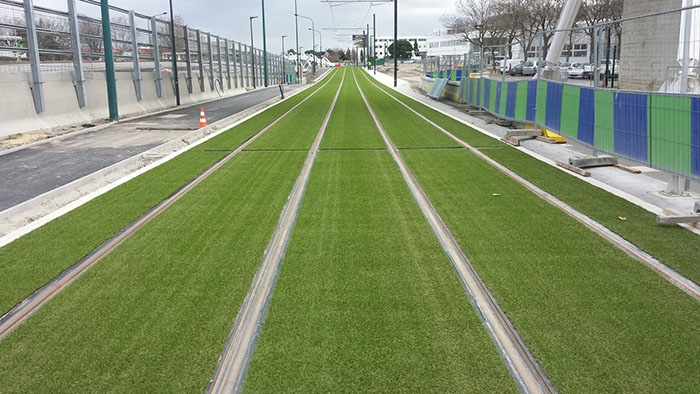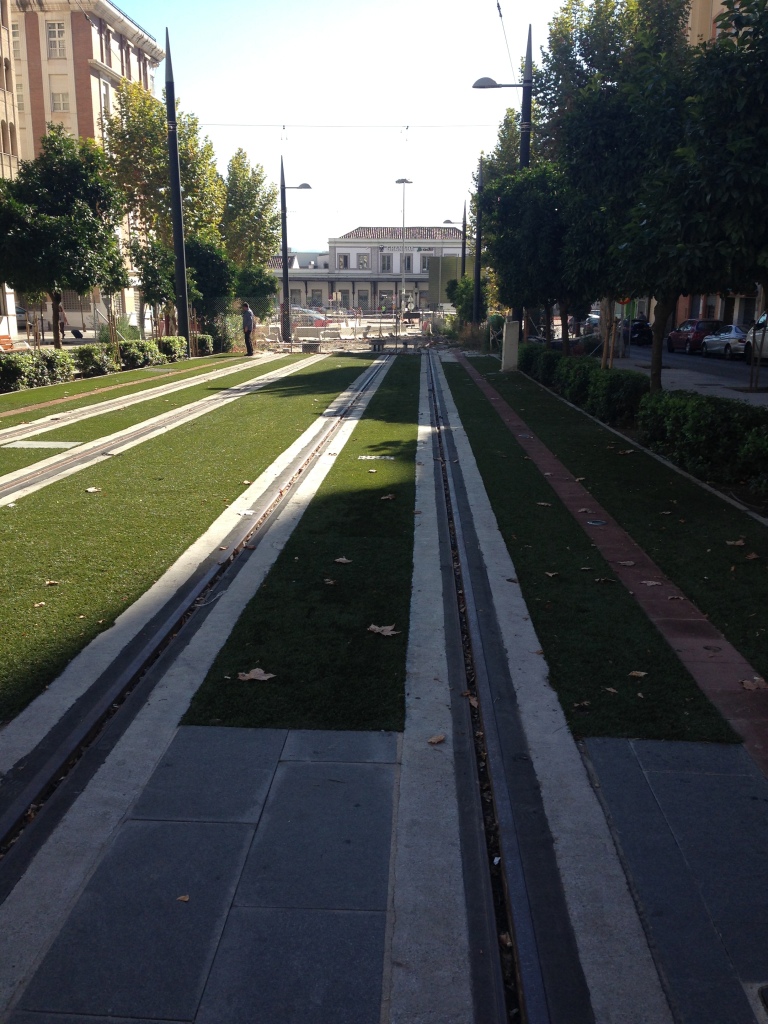W. K. Lis
Superstar
Grass doesn't even look that good from late June to early September in Toronto when it's usually yellowish unless it's in shade and/or meticulously maintained.
Could use artificial grass (like inside the Roger's Centre). Some can withstand firetrucks driving on them. Some are fire resident to cigarette butts.
From link.

From link.

From link.
Some artificial turf looks like the real grass.
From link.

Last edited: